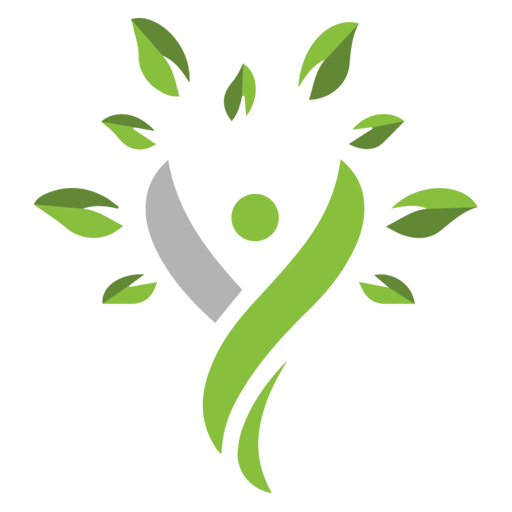
What is Ayahuasca?
Ayahuasca in the United States: Ayahuasca is a powerful psychedelic brew traditionally used by Indigenous Amazonian tribes for spiritual and healing purposes. It’s made from two main components: the Banisteriopsis caapi vine and the Psychotria viridis leaf, which contains DMT (dimethyltryptamine)—a potent hallucinogenic compound. Together, they create a synergistic effect that allows for a profound, extended visionary experience, often described as life-changing.
The Rising Popularity of Ayahuasca in the United States
In recent years, the use of Ayahuasca has surged in the United States. From Silicon Valley entrepreneurs seeking insight, to trauma survivors searching for healing, more Americans are exploring Ayahuasca as a tool for transformation.
This rising popularity is influenced by:
- Increased awareness of plant medicine’s healing potential
- Documentaries and books exploring psychedelic therapy
- Growing acceptance of alternative mental health treatments
- The decriminalization and legalization of psychedelics in cities like Denver and Oakland
Is Ayahuasca Legal in the United States?
The legality of Ayahuasca in the U.S. is complex and context-dependent. DMT, one of Ayahuasca’s primary psychoactive ingredients, is classified as a Schedule I substance under the Controlled Substances Act, making it illegal to possess or distribute.
However, certain religious organizations—like the Santo Daime and União do Vegetal (UDV)—have been granted legal exemptions by the U.S. government to use Ayahuasca in their ceremonies under the Religious Freedom Restoration Act (RFRA).
Key Legal Notes:
- Outside of approved religious contexts, Ayahuasca is technically illegal.
- Some underground or semi-legal retreats operate in a legal gray area.
- Several groups are advocating for broader religious and therapeutic use.
Ayahuasca Retreats in the United States
Despite the legal ambiguity, Ayahuasca retreats are becoming more common across the U.S. These retreats vary widely in their approach, authenticity, and safety standards.
What to Expect at a U.S.-Based Ayahuasca Retreat
- Ceremony Setting: Often held in rural or forested environments to mimic traditional Amazonian conditions.
- Facilitators: May include shamans from South America, Western facilitators, or both.
- Preparation: Participants often follow a “dieta”, or pre-ceremony cleansing diet, and undergo spiritual or psychological prep.
- Integration Support: Post-ceremony counseling is often provided to help participants process their experiences.
Notable Locations (as of 2025)
- Sedona Arizona
- California (especially NorCal & Joshua Tree area)
- Colorado
- Oregon
- Florida
- New Mexico
Tip: Always vet a retreat thoroughly. Look for transparency, medical screenings, integration support, and ethical leadership.
Ayahuasca in the United States
Why People Are Turning to Ayahuasca
1. Mental Health Healing
Many use Ayahuasca to address:
- Depression
- PTSD
- Anxiety
- Addiction
- Childhood trauma
2. Spiritual Awakening
Participants often report:
- A sense of unity with the universe
- Encounters with spiritual entities or guides
- Deep personal revelations
3. Emotional Release
The ceremony often involves purging—vomiting, crying, or shaking—as a symbolic and literal form of releasing emotional baggage.
Ayahuasca in the United States
Safety Considerations
While Ayahuasca has great healing potential, it’s not without risks. Here are critical factors to keep in mind:
- Medical Interactions: SSRIs and other psychiatric medications can be dangerous in combination with Ayahuasca.
- Psychological Preparedness: Those with a history of psychosis or severe mental illness should consult a professional before attending.
- Qualified Facilitation: An experienced and reputable shaman or facilitator is essential.
- Emergency Protocols: Retreats should have medical professionals on standby and clear safety protocols. Ayahuasca in the United States
How to Prepare for an Ayahuasca Journey in the U.S.
- Research Retreats Carefully
Look for testimonials, online reviews, facilitator experience, and health/safety policies. - Follow the Dieta
Avoid red meat, alcohol, caffeine, processed foods, and sexual activity for at least 3–7 days before the ceremony. - Set Clear Intentions
Why are you doing Ayahuasca? Be clear, but not rigid. The plant will often guide the experience in unexpected ways. - Be Ready to Integrate
Journaling, therapy, breathwork, and community support are key to making the most of your experience.
The Future of Ayahuasca in America
As psychedelic therapy gains momentum and more research emerges, Ayahuasca may eventually become part of regulated mental health care. However, it’s crucial that the growth of Ayahuasca in the U.S. remains rooted in respect for its Indigenous origins, and that accessibility does not compromise its integrity.
Final Thoughts
Ayahuasca is more than a psychedelic—it’s a sacred teacher, and its growing presence in the United States reflects a broader cultural shift toward holistic healing and spiritual awakening.
If you’re considering an Ayahuasca retreat in the U.S., approach it with reverence, preparation, and discernment. Done with the right intentions and support, it can be one of the most transformative experiences of your life.
Ayahuasca in the United States


